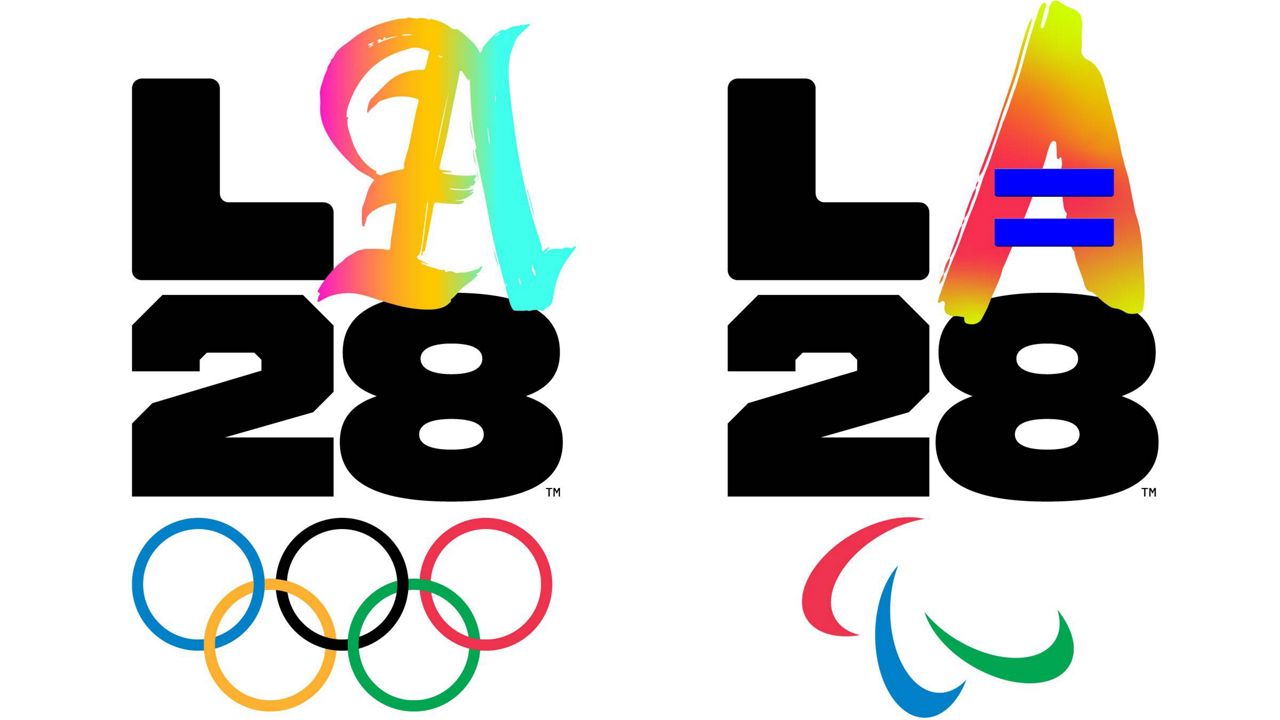As the Tokyo Olympics come to a close Sunday, preparations for the 2028 Games in Los Angeles are continuing apace in anticipation of the city’s return to the world stage as host of the two-week sporting event. Venues have been selected and assigned specific sports. The LA County Metropolitan Transportation Authority has been steadily building its Twenty-eight by ‘28 projects to move people where they need to go. And Angelenos are getting curious about how the city’s plans are progressing. Here’s what we know so far:
July 21 to August 6, 2028. It will be the third time Los Angeles has been the host city. The Summer Olympics took place in LA in 1932 and 1984.
One of the reasons LA won its bid for the Olympics is that no new permanent structures needed to be built to host the games. The LA28 organizing committee says the 2028 Olympics will take place in existing venues in four separate sports parks in Downtown LA, the South Bay, Long Beach and San Fernando Valley.
The center of the action will be the Downtown Sports Park consisting of ten venues: LA Football Club Stadium (soccer), Dedeaux Field (aquatics), Galen Center (badminton), Grand Park/LA City Hall (road cycling, marathon, race walking), LA Convention Center (boxing, fencing, basketball, table tennis, taekwondo), LA Memorial Coliseum (track and field, ceremonies), Microsoft Theater (weightlifting), Staples Center (basketball), the USC Campus (media village, press center) and Olympic Family Hotels.
The Long Beach Sports Park consists of four venues: Belmont Veterans Memorial Pier (sailing), Long Beach Lot (BMX cycling, water polo), Long Beach Arena (handball) and Long Beach Waterfront (triathlon, marathon swimming).
The South Bay Sports Park also consists of four venues: Dignity Health Sports Park Fields (hockey), Dignity Health Sports Park Stadium (rugby, pentathlon), Dignity Health Tennis Center (tennis) and VELO Sports Center (track cycling).
The Valley Sports Park, in San Fernando Valley’s Sepulveda Basin Recreation Area, will have three venues for canoeing, equestrian and shooting competitions.
Events will also take place at Santa Monica Beach (beach volleyball), the Riviera Country Club (golf), the Forum (gymnastics), LA Stadium at Hollywood Park (archery, ceremonies), the Honda Center (volleyball), the Rose Bowl (soccer), Lake Perris (sprint canoeing, rowing), Frank G. Bonelli Park (mountain biking) and Universal Studios (international broadcast center).
The University of California, Los Angeles will be home to the Athletes' Village, where 15,000 competitors will reside, dine and train during the Olympic and Paralympic Games.
LA28 says core sport programs are not expected to be final until 2022, with new sports proposed and reviewed after that. Right now, the International Olympic Committee and International Paralympic Committee plan to include 28 Olympic sports and 22 Paralympic sports. In 2024, the IOC will consider LA’s proposal for any new sports to be included in 2028.
LA28 has not yet determined when tickets will go on sale or how much they will cost.
The LA28 Olympics organizers proposed a $6.9 billion budget and plan to cover costs through a combination of sponsorships, ticket sales, merchandising and other revenue streams. LA28 is a non-profit, privately funded through corporate sponsors, licensing agreements, hospitality programs, ticketing and a contribution from the International Olympics Committee.
About 15,000 athletes are expected. As far as visitors, LA28 has only said it’s expecting fans from around the world and across the U.S. The 2016 Summer Olympics in Rio de Janeiro, Brazil, drew 1.2 million tourists, 410,000 of whom were visitors from foreign countries.
Los Angeles World Airports is modernizing Los Angeles International Airport. It will add two new terminals and several new flight gates to Tom Bradley International Terminal, including one that can handle super-jumbo airplanes for long-haul flights. In addition, the airport will consolidate its rental car center and offer new public transportation options, including its highly anticipated automated people mover that will connect LAX with the Crenshaw Line rail station at Aviation and 96th Streets.
The Los Angeles County Metropolitan Transportation Authority has been working on its Twenty-eight by ‘28 plan to complete various infrastructure projects before the Games begin, including an airport Metro connector station. A second people mover called the Inglewood Transit Connector will connect the Crenshaw Line with Olympic venues in Inglewood.
The Purple Line, or Metro D Line, is currently being extended through central city to UCLA in Westwood. The UCLA campus station will connect the Athletes’ Village and Pauley Pavilion with event venues downtown.
A new Regional Connector will connect the Expo and Blue Lines with the Gold Line, so travelers between Santa Monica and East LA no longer need to transfer. It will also allow travel between Long Beach and the San Gabriel Valley through downtown.




